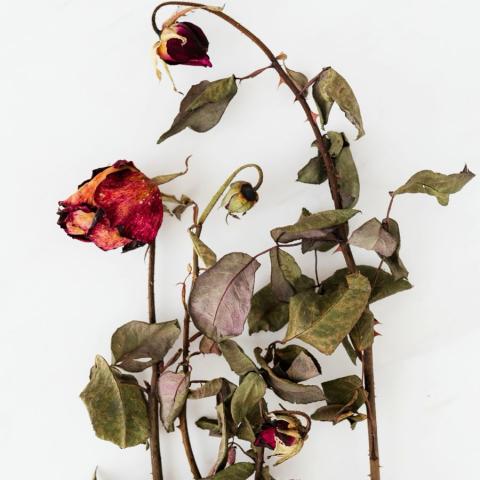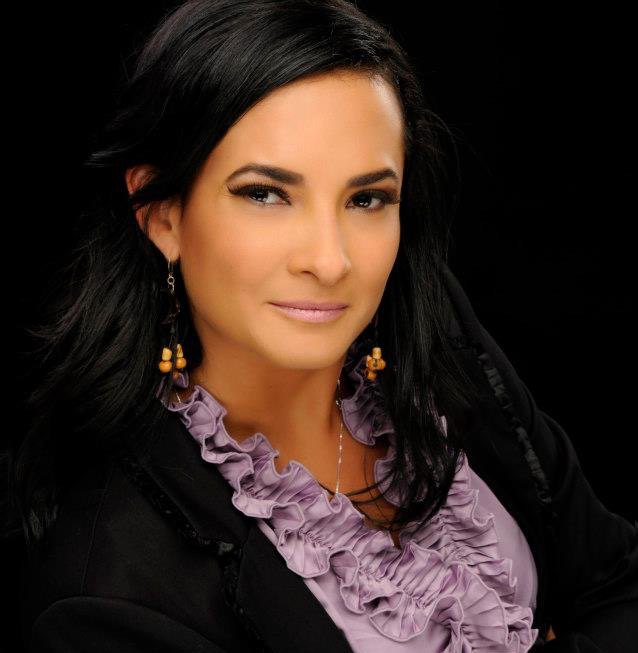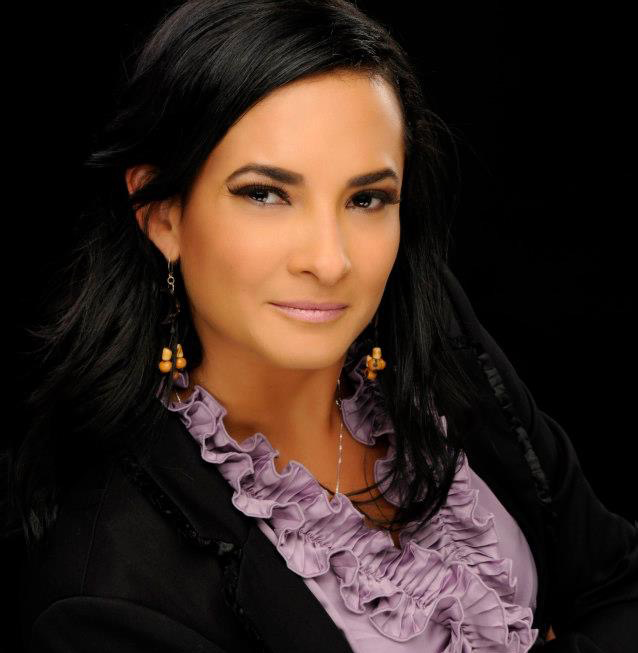Leaf Burn in Cut Flowers: What It Is, Why It Happens, and How to Prevent It

Leaf burn can ruin the beauty of a bouquet before it’s had a chance to shine. Whether you’re a grower, florist, supermarket, or flower lover at home, understanding what causes leaf burn and how to prevent it can help preserve the quality and longevity of your flowers.
What Is Leaf Burn?
Leaf burn—also called leaf necrosis—appears as grey or brown discoloration, often starting at the edges of the leaves. The affected areas feel dry, crunchy, and brittle. This condition results from damaged or burst leaf cells, usually due to osmotic stress caused by over-concentration of flower food or other external factors.
While it may look like a disease, it’s typically a physiological issue, not a bacterial or fungal one. And the good news? It’s largely preventable with proper care.
Common Causes of Leaf Burn
1. Overdosing on Flower Food
• The most common cause of leaf burn is using too much flower food. When the concentration is more than 150% of the recommended dosage, it creates an imbalance in the water solution, causing water to rush into leaf cells too quickly and burst them.
• ➤ Tip: Always follow the dosage instructions on the package. The correct balance ensures flower hydration without harming delicate leaf tissue.
2. Weak Tissue Due to Low Light During Growth
• Flowers grown in poor light—especially in the final phase of development—have softer, more sensitive tissue that is more prone to damage from concentrated vase solutions.
3. Excessive Light Exposure Post-Harvest
• Extended exposure to daylight or artificial light (especially during winter holidays or forced lighting) can prevent stomata (tiny pores on leaves) from closing, accelerating evaporation and increasing water uptake. When flower food is added to this mix, the uptake becomes too strong—leading to leaf burn.
4. Contaminated or Poor-Quality Water
• Tap or well water containing high levels of zinc, chlorine, fluoride, or iron can be harmful to cut flowers.
• ➤ Tip: Use clean, fresh water and consider filtered or demineralized water for optimal results.
5. Incompatible Plant Material in Mixed Bouquets
• Some flowers, such as Narcissus (daffodils), release substances that are toxic to other flowers. These can accumulate in the vase water and contribute to leaf damage.
6. Aggressive Vase Cleaning Agents
• Harsh chemicals like bleach or dish soap—mainly when used in excess—can leave residues in the vase that interact negatively with stems and leaves.
How to Prevent Leaf Burn
1. Use the Correct Dosage of Flower Food
This can’t be stressed enough. More is not better—too much flower food can do more harm than good. Use a measuring cup or scale to prepare your solution properly, especially in high-volume environments like bouquet-making facilities or supermarkets.
Chrysal Tip: Our Chrysal Dosing Units help professional users automate and control flower food dosing precisely and efficiently.
2. Avoid Excessive Light After Harvest
Protect flowers from prolonged direct sunlight or artificial light. Store them in shaded or temperature-controlled areas when possible, especially after harvest or during transport.
3. Keep Vases and Buckets Clean
Residues from previous arrangements or environmental dust can contaminate vase water. Clean all containers before and after each use.
Use Chrysal Cleaner—a non-aggressive cleaner safe for use in floriculture—to maintain hygiene without damaging stems.
4. Choose the Right Flower Food Products
When it comes to preventing leaf burn, the quality and clarity of the flower food also matter.
We recommend:
Chrysal Professional 1: A clear, clean solution perfect for retail and vase use, especially when visual presentation matters. It helps reduce bacterial growth and contamination that can lead to leaf issues.
Chrysal Professional 2: Ideal for transport and storage. Keeps flowers hydrated and nourished without stimulating full bloom during transit.
Chrysal Paper or Universal Flower Food Sachets: For consumers, our sachets offer clear, easy instructions and the right composition to support vase life without overdosing risks.
Audience-Specific Advice
For Growers:
• Monitor light levels closely in the last growth phase.
• Avoid premature harvest; weak tissues are more vulnerable.
For Retailers & Supermarkets:
• Train staff to dose flower food correctly.
• Avoid placing bouquets in direct light or near heating vents.
• Display flowers in clean buckets using Professional 1 for visual appeal and freshness.
For Wholesalers:
• Use Professional 2 during transit and storage.
• Sanitize all storage containers between shipments.
For Consumers:
• Always read the instructions on flower food sachets.
• Don’t “top off” with extra food—if you need more water, mix a fresh solution.
In Summary
Leaf burn is preventable with:
Proper dosing,
Clean containers,
Quality water,
Controlled light exposure, and
The right Chrysal products.
With a few conscious steps, flowers can stay fresh, beautiful, and leaf-burn free—delighting customers and consumers alike.
Prefer a Printable Version?
If you’d like to keep this article handy or share it with your team, click here to download the PDF version.

Juliana Gutierrez - North America Marketing Director - Chrysal Americas
Juliana Gutierrez is the Marketing Director for Chrysal North America, where she leads national strategies across digital, e-commerce, trade shows, and sustainability. With over 15 years of experience in B2B and Amazon marketing, she combines creativity, purpose, and data to help brands grow—and flowers last longer. She holds an MBA from Florida International University and is passionate about turning business goals into meaningful impact.

